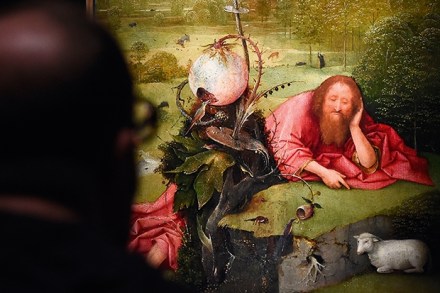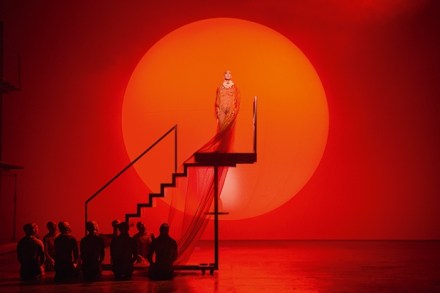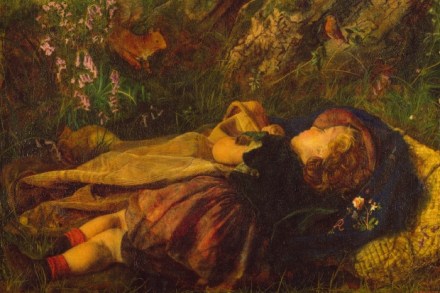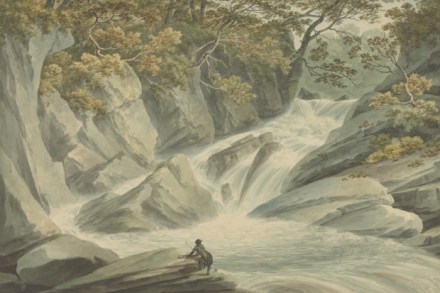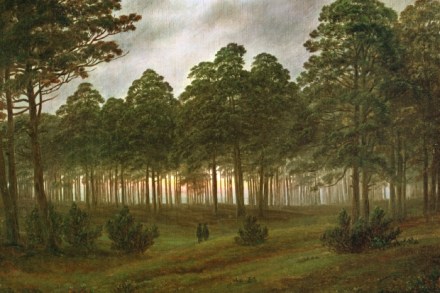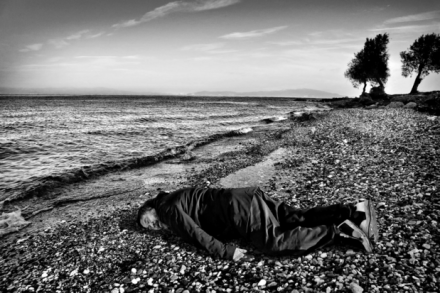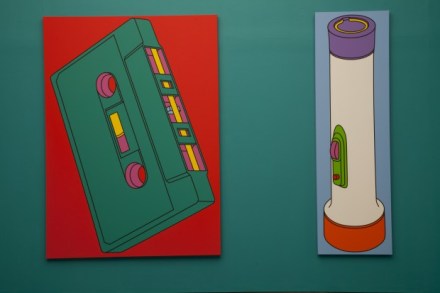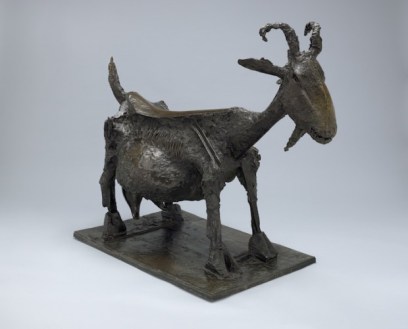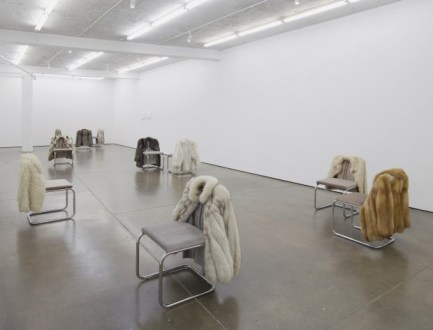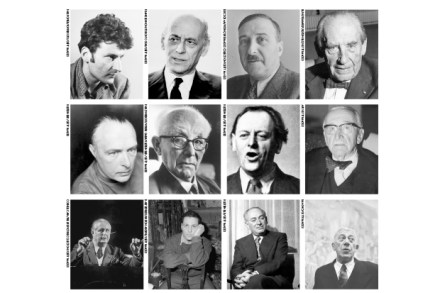The delights of Hieronymus Bosch
If you hope to inspire an appreciation of Renaissance art in your children, look to Hieronymus Bosch. Ideally, your children will not be sensitive types, nor prone to nightmares, but if they can handle a little, or indeed quite a lot, of fantasy, Bosch will blow their tiny minds. My four-year-old lad, Luca, definitely not a delicate chap, was deeply impressed by ‘The Garden of Earthly Delights’ when I showed him reproductions. He remains unmoved by Leonardo and bored rigid by Giotto, but Bosch snared him. I should hunt down a full-size poster and hang it in his room. I read somewhere that Leonardo DiCaprio snoozed beneath one as a
